By now, most of Florida’s snowbirds have arrived in the sunshine state to escape the freezing temperatures of the north. However, human snowbirds can appreciate the real-life snowbirds – the juncos, robins and other seasonal birds of Christmas time - in our Flights of Fancy exhibition thanks to the brilliant Boehm and Royal Worcester porcelain artists.
The Dark-Eyed Junco nests in the mountains of the north during the summer but when the temperatures drop and the snow begins to fall, they can be seen in city gardens, attracted by seed feeders for winter feasting. The Boehm porcelain factory produced a striking pair of Juncos eating berries as the snow melts around them.
Black-capped Chickadees can also be lured to bird feeders with sunflower seeds which they take and store in tree bark crevices. Their cheery sounding chick-a-dee call notes enliven winter woods as they fly from tree to tree. A Boehm porcelain model in Flights of Fancy depicts the lively little bird with seasonal sprigs of holly.
Robin Redbreast
However, the bird most associated with Christmas is little Robin Redbreast, particularly in Great Britain. Dorothy Doughty portrayed an English Robin in Autumn Wood for her limited-edition collection of British birds issued by Royal Worcester in 1964. The North American robin is generally larger and slimmer than its English counterpart as can be seen in the sculpture of a nesting Robin by Edward Marshall Boehm. Boehm’s trio of fledgling robins clamoring for food on a tree branch is also very appealing.
There are many legends explaining the origin of the robin’s red breast. One relates to the crucifixion of Jesus when the robin stained his chest with Christ’s blood, while removing a thorn from his crown to relieve his suffering. Another relates to the birth of Jesus when a robin scorched his breast feathers while fanning the embers of a fire in the stable to keep the infant warm. Because of their association with fire and heaven, robins are often considered holy birds, reminders of paradise and the Garden of Eden.
It is considered very unlucky to kill a robin and the perpetrator will experience whatever tragedy befalls the bird. Similarly, it is bad luck to harm a wren, considered to be the king of the birds in Europe. Wren Day is still celebrated in parts of Ireland on St. Stephen’s Day, December 26. Prior to the 20th century, real birds were hunted in revenge for the betrayal of Saint Stephen by a noisy wren when he was trying to hide in a bush. In Pagan mythology, the robin is the bird of spring and the New Year and it kills the wren, the keeper of winter and the old year. A wren in happier circumstances is shown nesting in an old teapot in the striking Connoisseur porcelain study on display in the Flights of Fancy exhibit.
Who killed Cock Robin?
The link between the robin and Christmas is probably best explained by the postmen in Victorian Britain who were nick-named Robin Redbreasts because of their scarlet uniforms. Postal deliveries were made 364 days including Christmas and the Robin is often seen delivering mail on vintage Christmas cards. Victorian Christmas cards abound with images of robins dressed as humans celebrating the festive season – some even get drunk. However, the strangest Victorian cards depict dead robins and other snowbirds – not the merriest of greetings! Perhaps they were inspired by the nursery rhyme Who Killed Cock Robin, which was first published during the 18th century in Tommy Thumb’s Pretty Song Book. The sparrow was the culprit in these murder mystery verses for children.
The Twelve Days of Christmas
Seasonal birds are the stars of the popular carol The Twelve Days of Christmas first published in 1780. Starting on Christmas Day, increasingly grand gifts are given by “my true love” in this cumulative song. The partridge in a pear tree is the red-legged partridge, which was first introduced as a gamebird to England in the 1700s and would have still been a novelty when the carol was written. In contrast, the European turtle doves were native to England and widespread until recent years. They have suffered a dramatic 91% population decline since 1995 prompting the conservation project Operation Turtle Dove.
Three French Hens are typical barnyard chickens, a domestic variant of the red junglefowl from Asia. They are now the most abundant bird in the world, albeit mostly confined to cages producing eggs and meat. Four calling birds is confusing until you know that early versions of the carol feature colly birds, meaning common blackbirds. Blackbirds were baked in pies as in the popular nursery rhyme Sing a song of sixpence which parodies a banquet served to King Henry VIII by Anne Boleyn with four and twenty singing blackbirds. A recipe book of 1598 even explains how to include live birds under the pastry so that when the pie is cut they will fly out to delight the guests. The six geese-a-laying are domesticated greylag geese which for centuries were served on feast days such Michaelmas and Christmas, when they were fattest and tastiest. They were. treked for miles in huge flocks to market in London from all over eastern England.
The swans a-swimming are mute swans, who were kept in semi-domesticity when the carol was written. All unmarked swans are considered Crown property and a census on the River Thames, known as swan-upping, was established back in the 12th century so that the royal family could claim the birds. Consequently, they could not be hunted to extinction as in much of Europe. A pair of mute swans became “Birds of Peace” when the Boehm porcelain company made a life-size porcelain sculpture for President Richard Nixon to present to Mao Tse-Tung during his 1972 China visit. The birds stand three feet tall and only three pairs were made for exhibition. One is on display in Beijing, another was gifted to the Vatican by an anonymous donor who purchased it for $150,000 in 1976 to benefit world wildlife. It was the highest price on record at the time for a porcelain sculpture. The third pair was presented to the White House by Helen Boehm but the sculpture was shattered in transit after an exhibition in Russia in 1987.
See some of the Boehm and Royal Worcester snowbirds in our Flights of Fancy exhibition at WMODA.
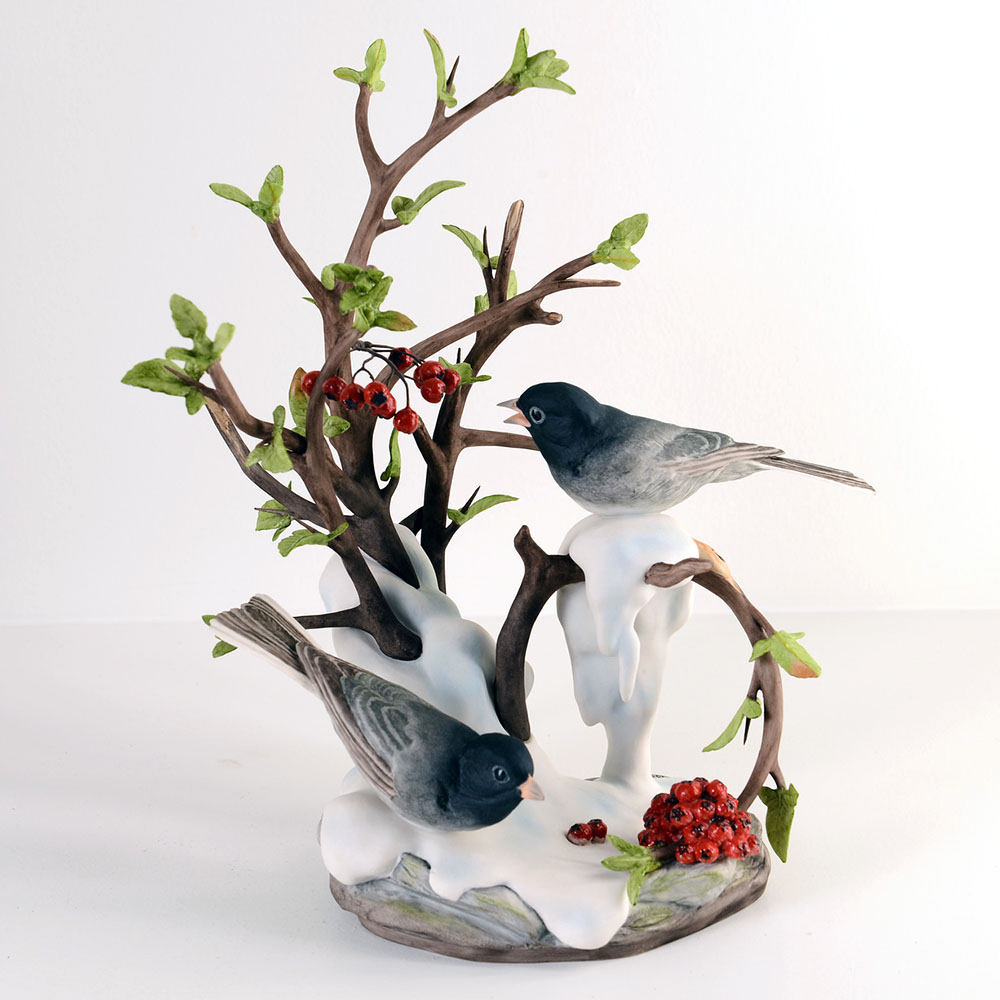
Boehm Slate Colored Junco
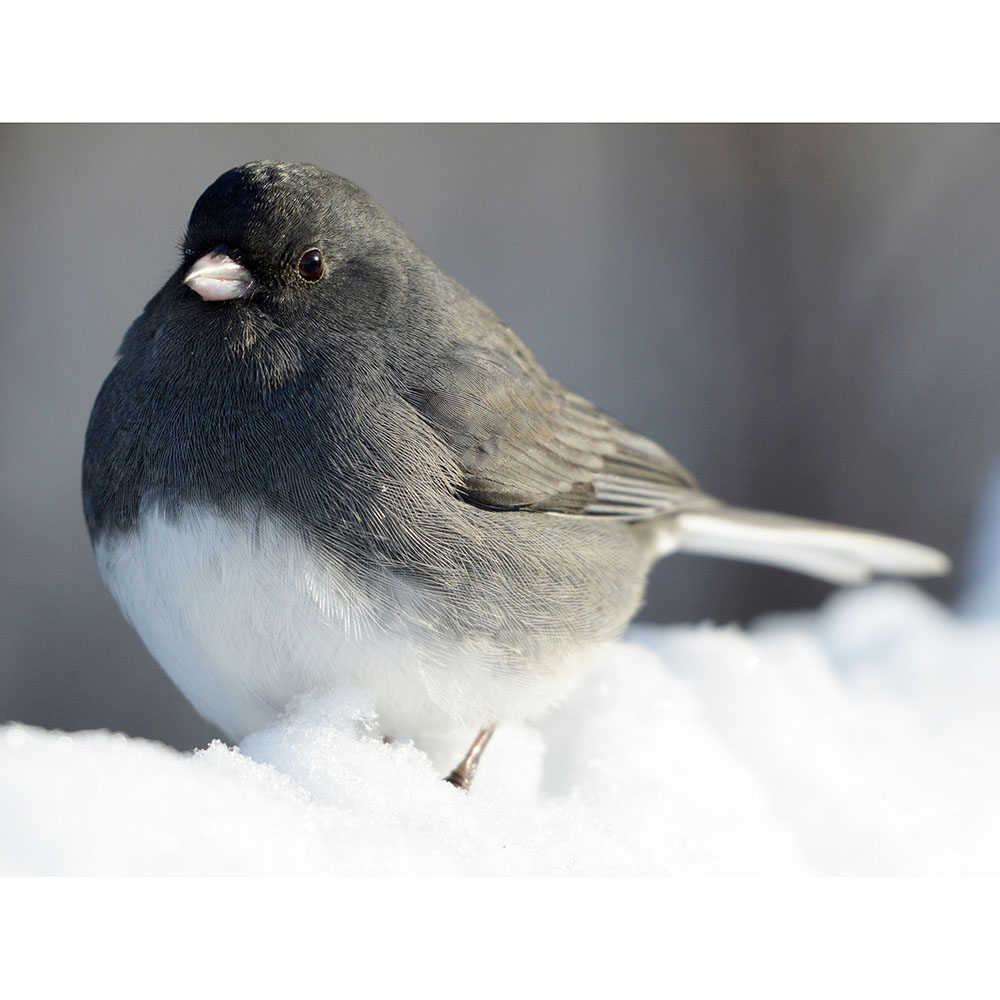
Junco
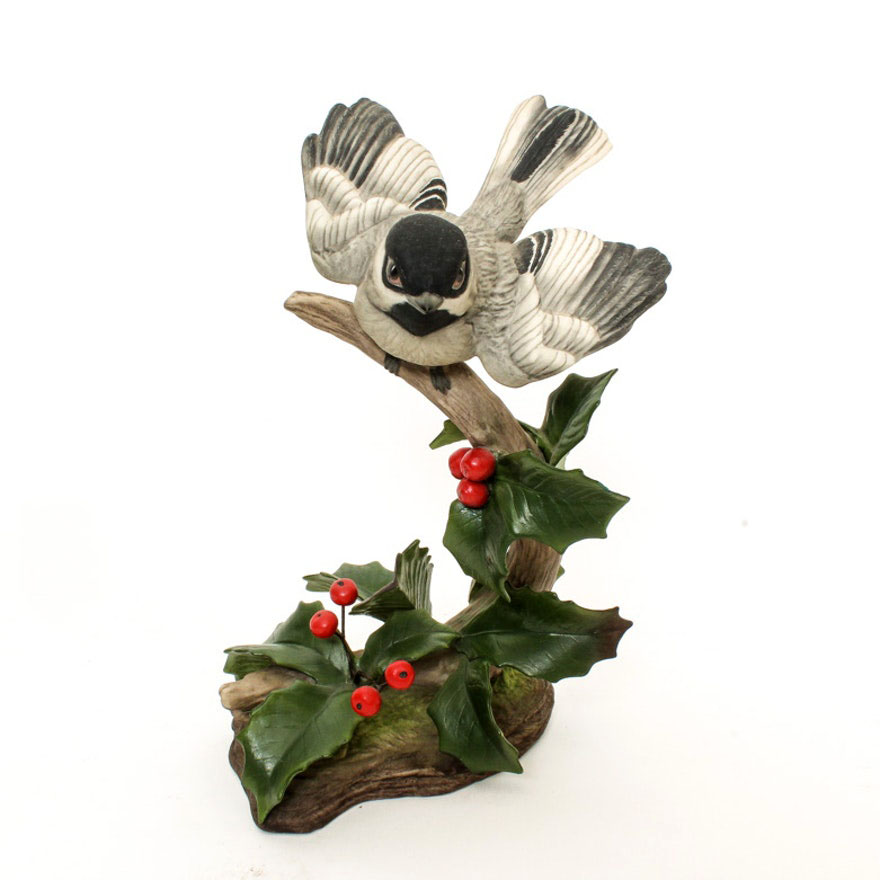
Boehm Black Capped Chickadee with Holly
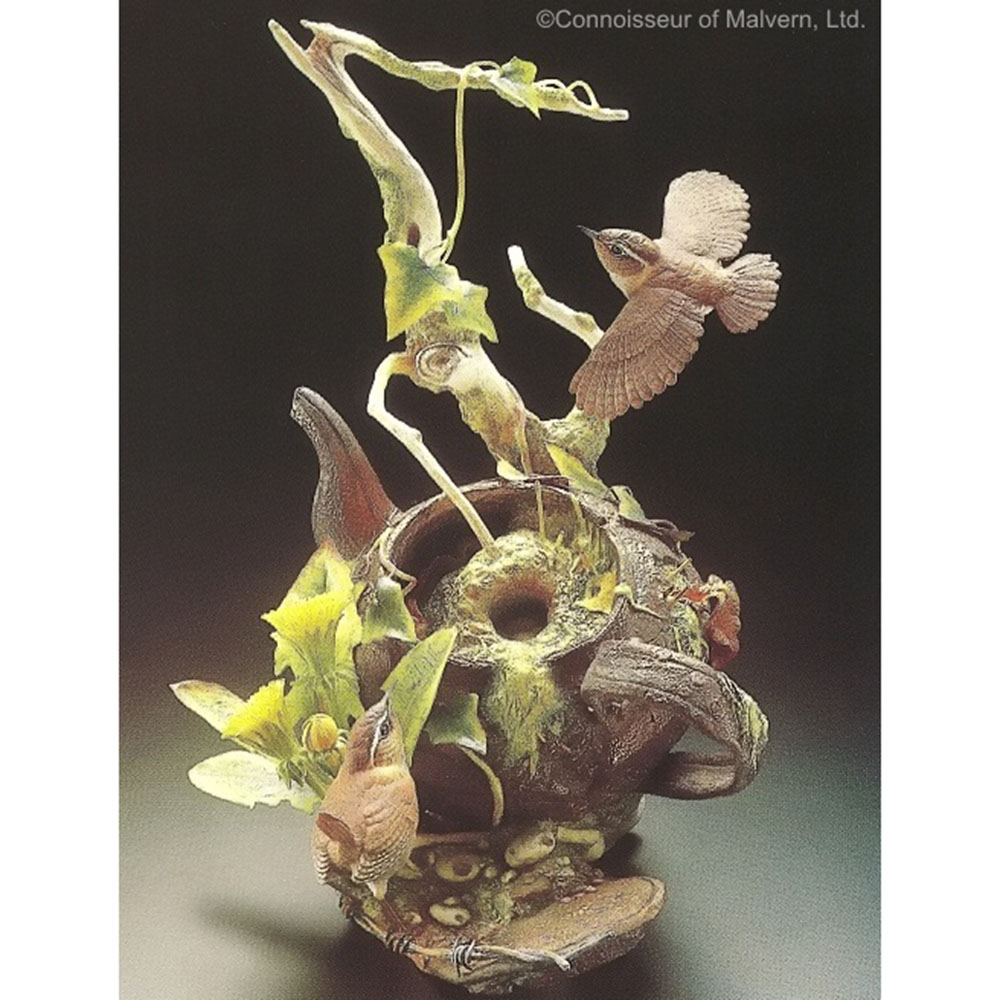
Connoisseur Christopher's Wren
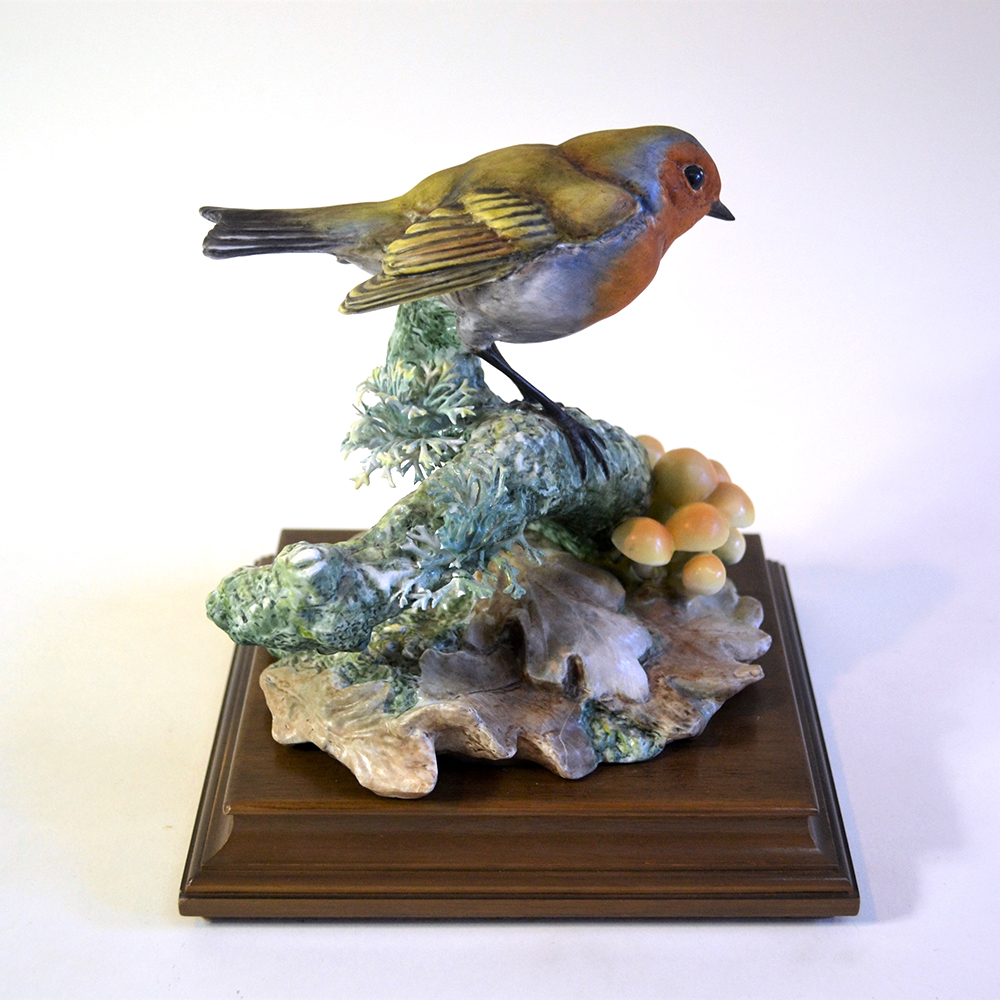
Royal Worcester English Robin
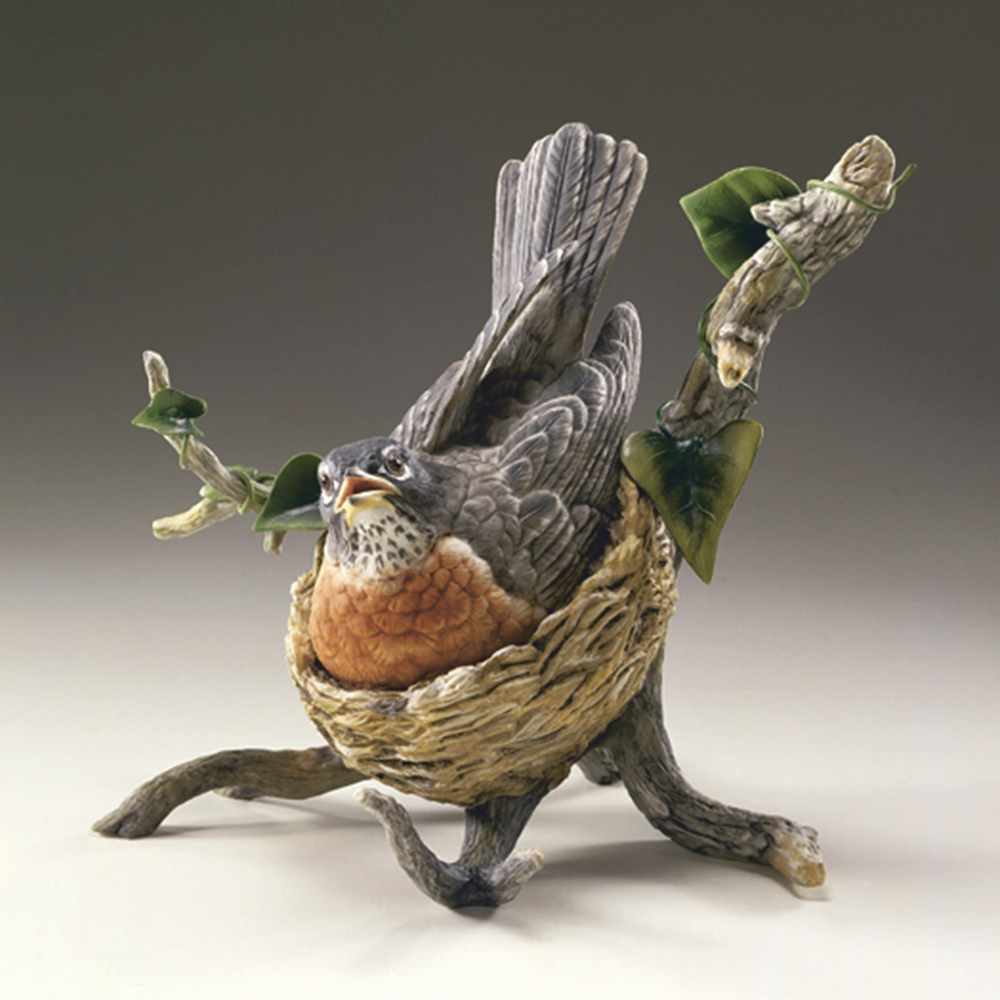
Boehm Robin
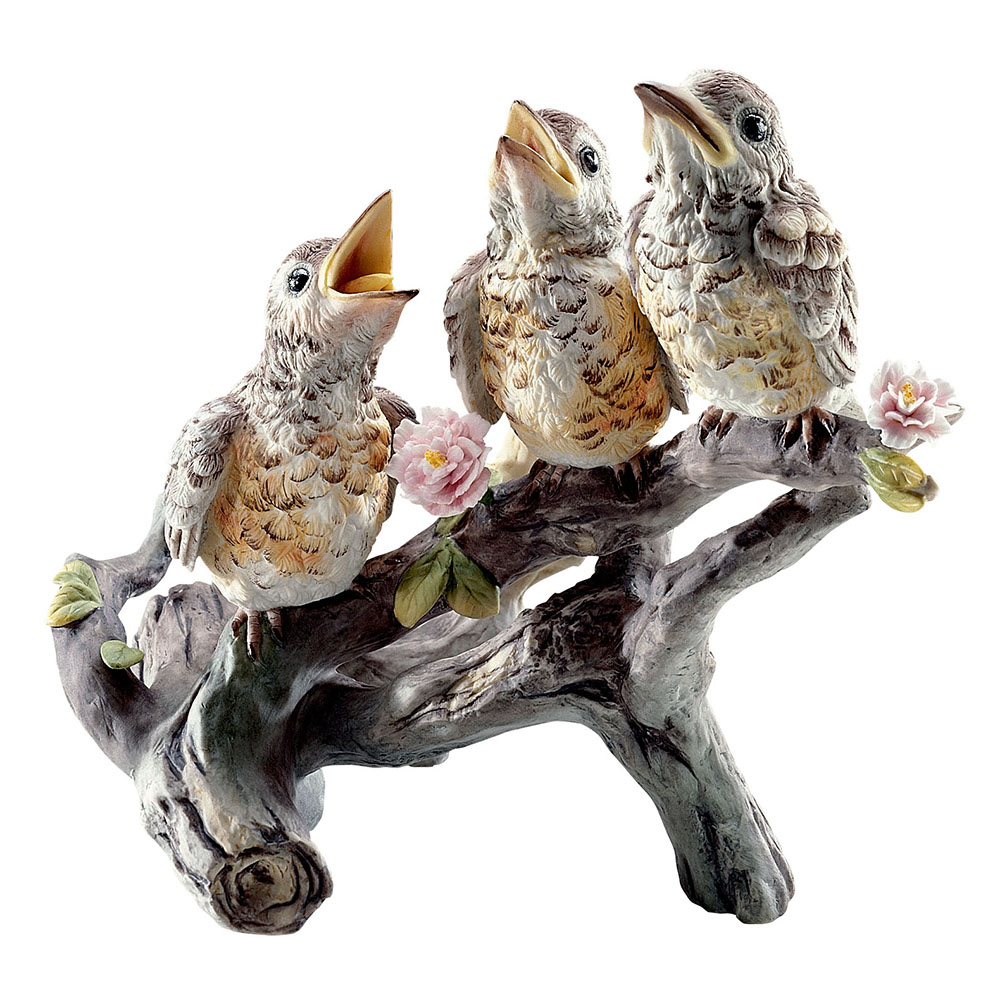
Boehm Fledgling Robins
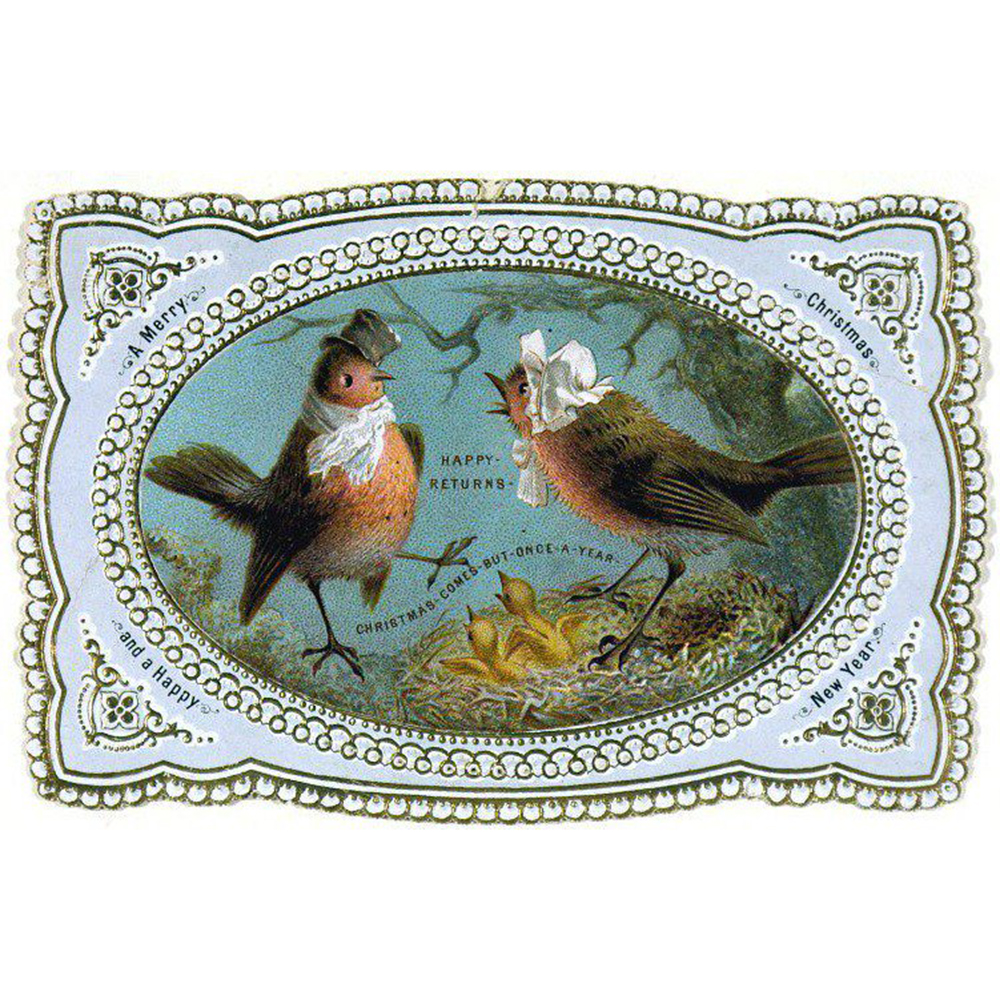
Robin Card
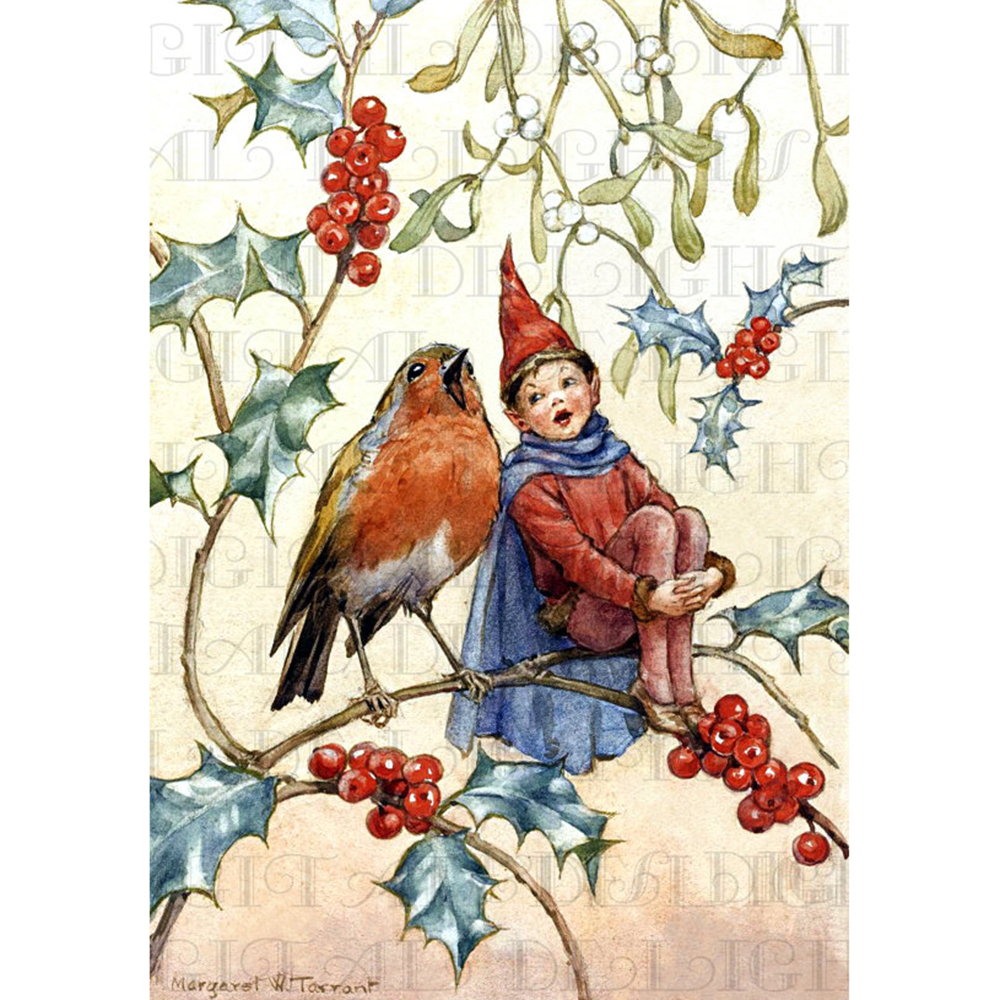
Robin & Elf by M. Tarrant
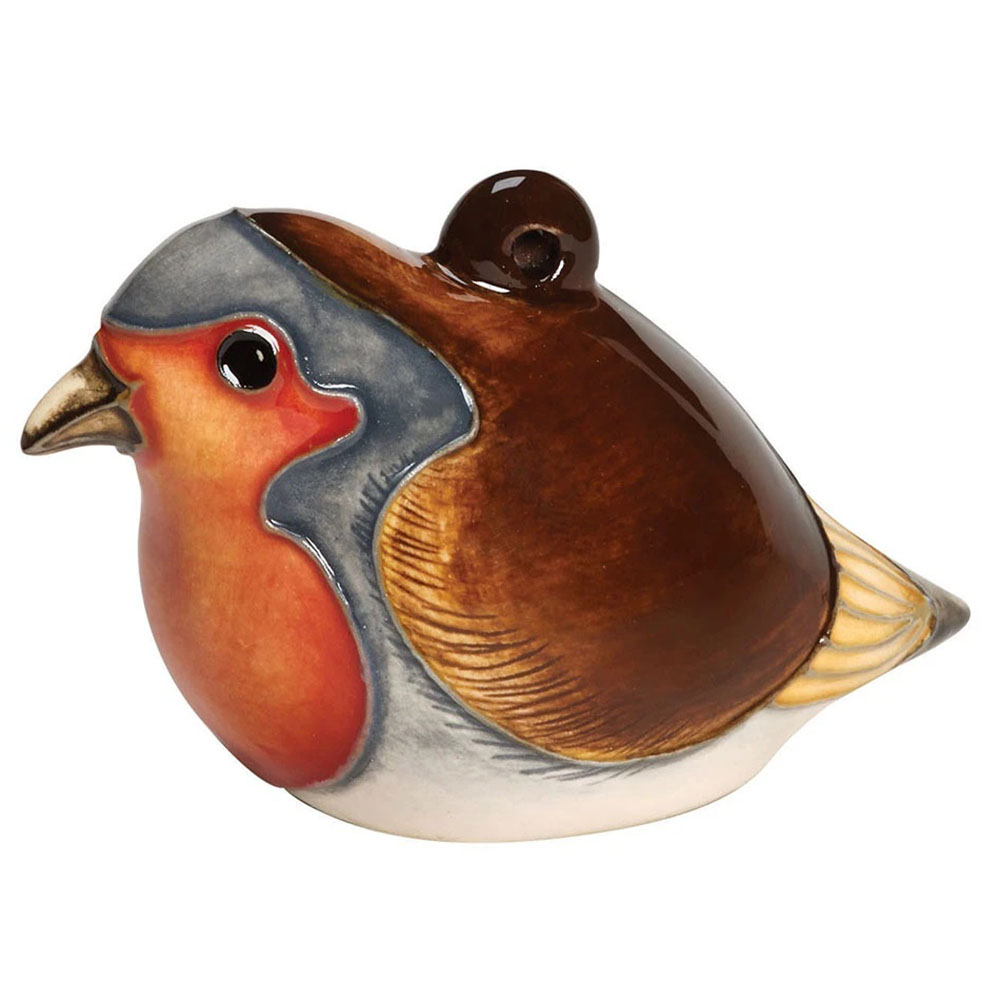
Moorcroft Robin Ornament
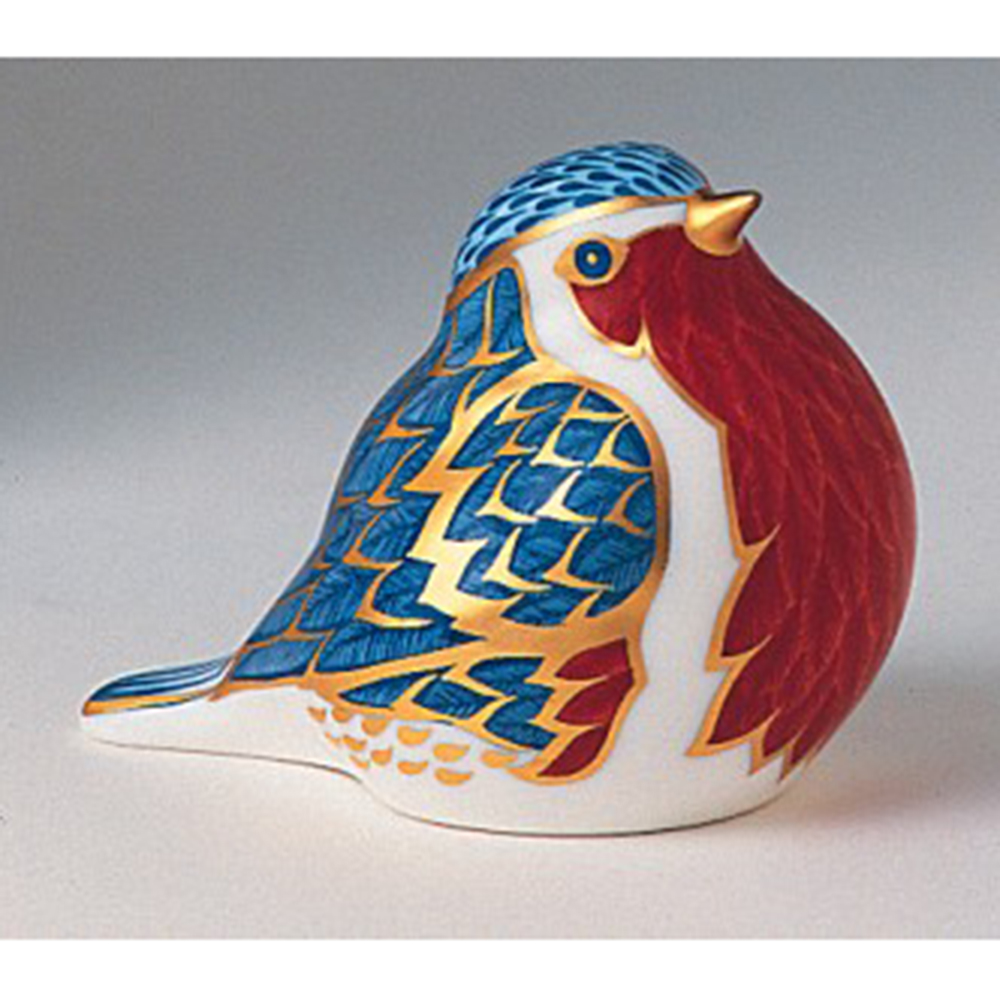
Royal Crown Derby Robin
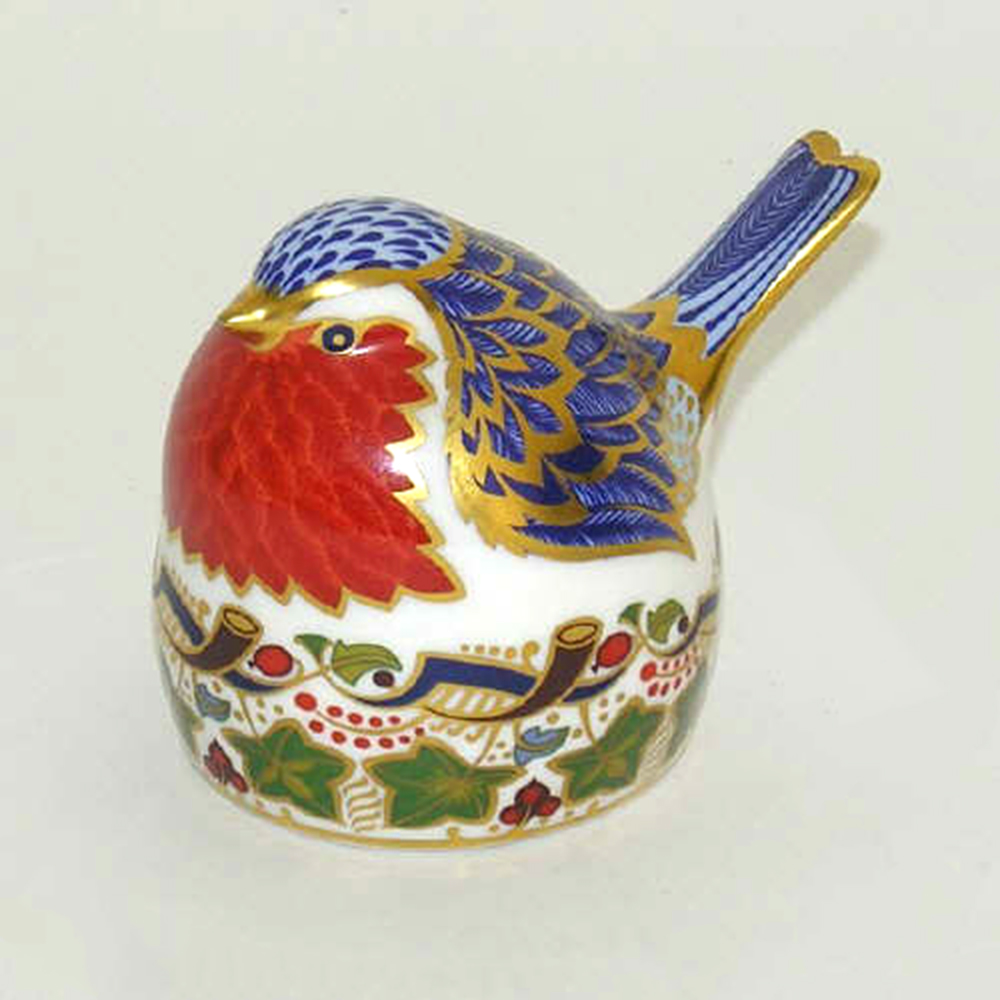
Royal Crown Derby Robin
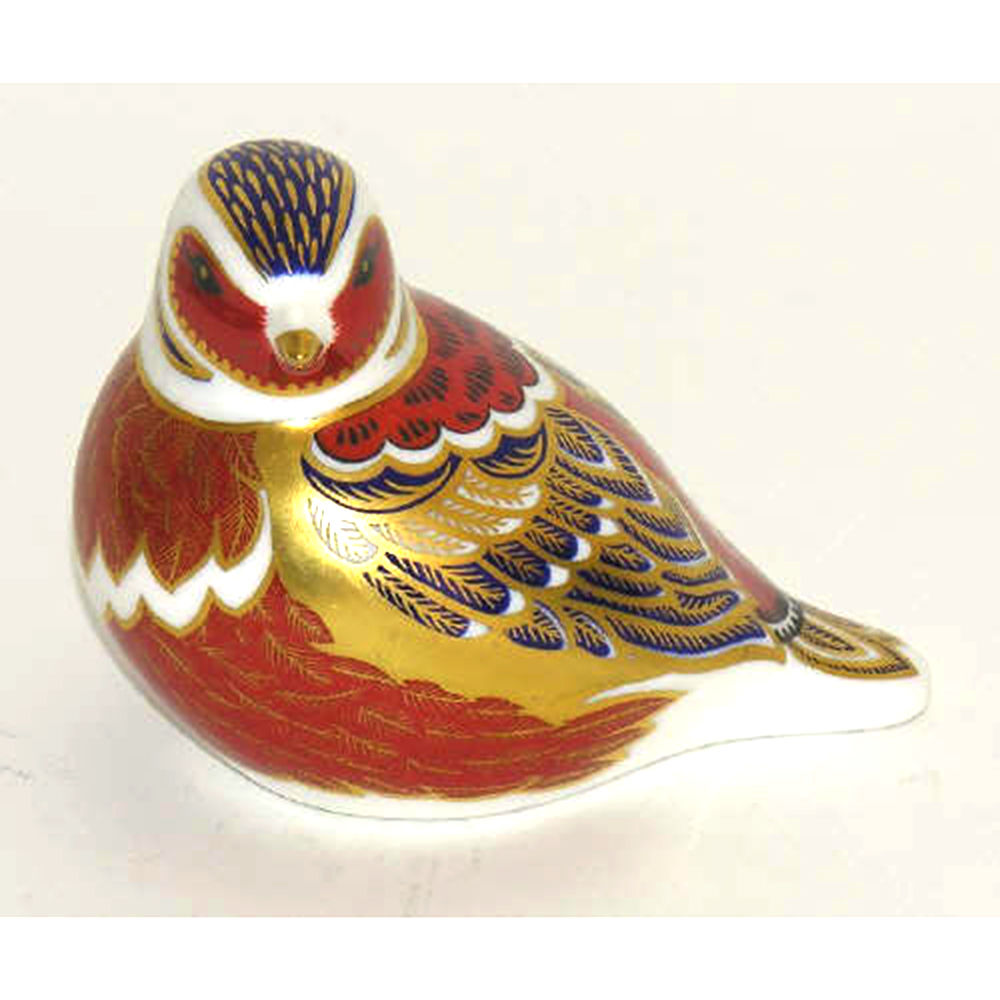
Royal Crown Derby Robin
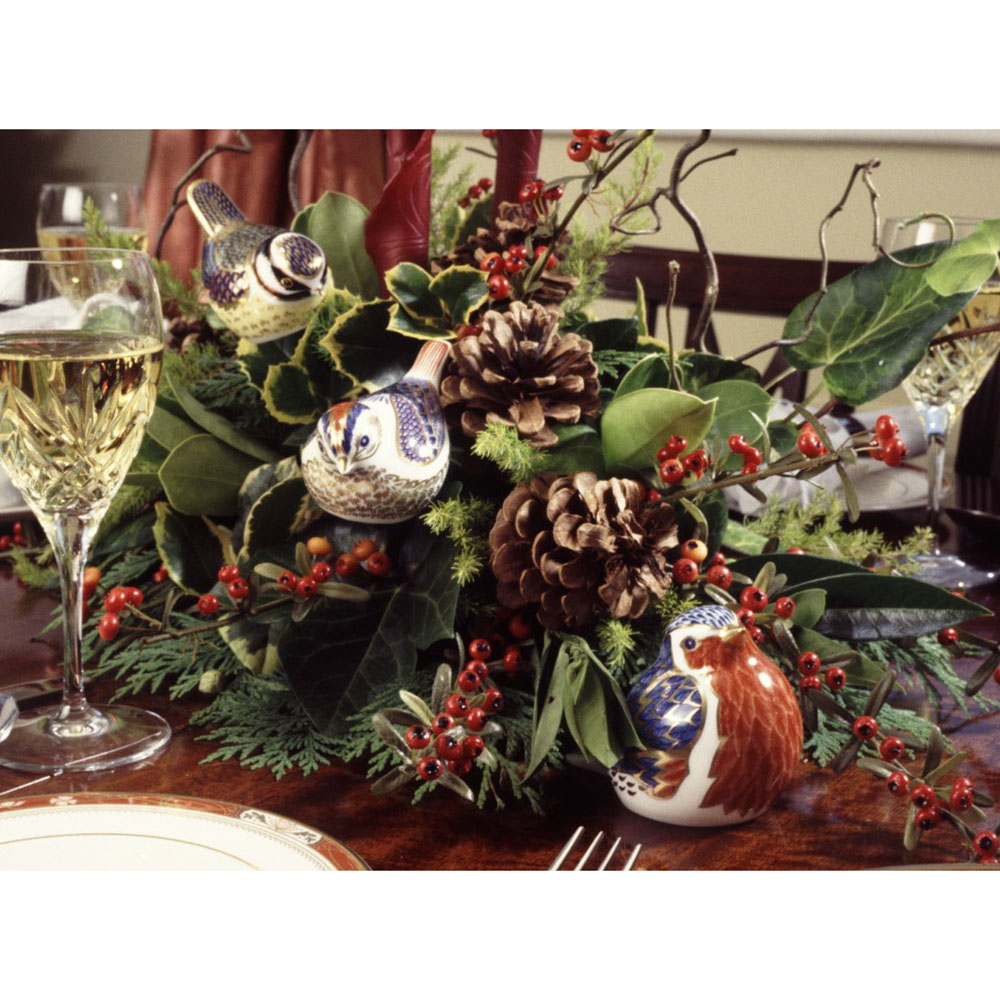
Royal Crown Derby Robins
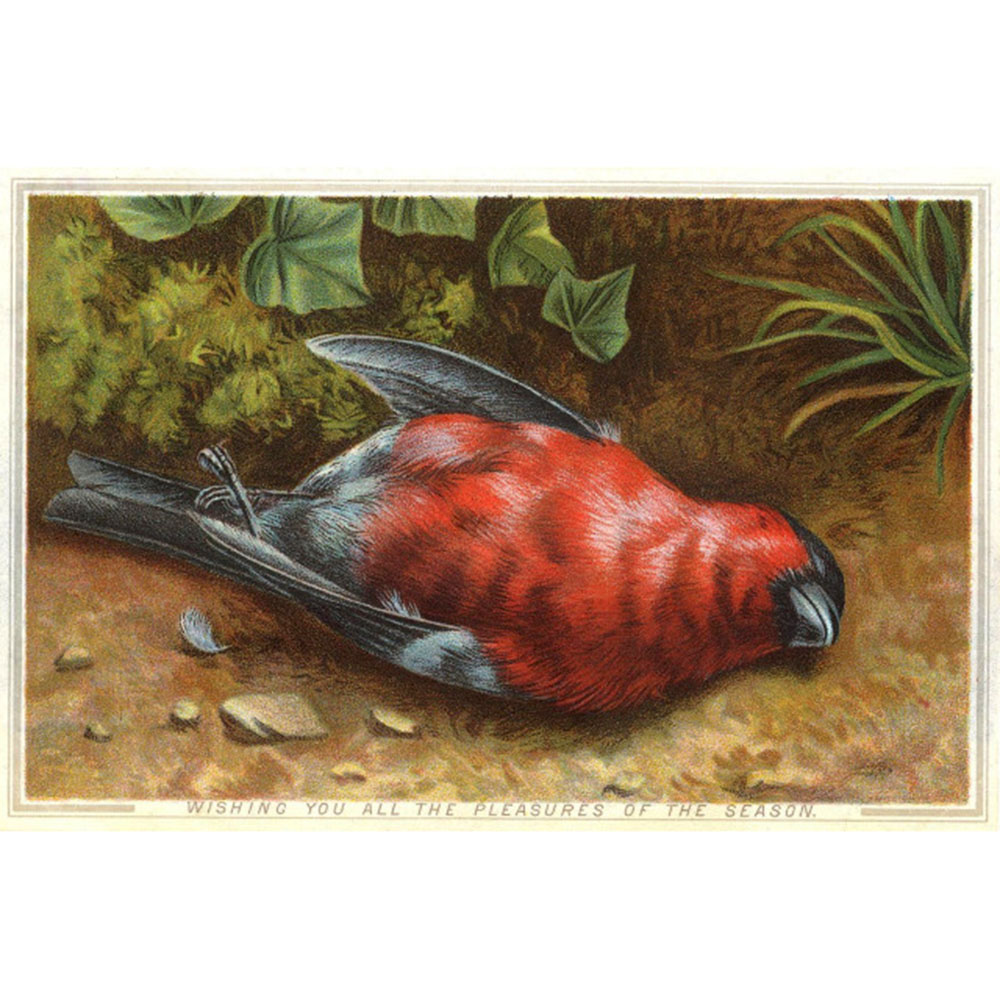
Dead Robin Card
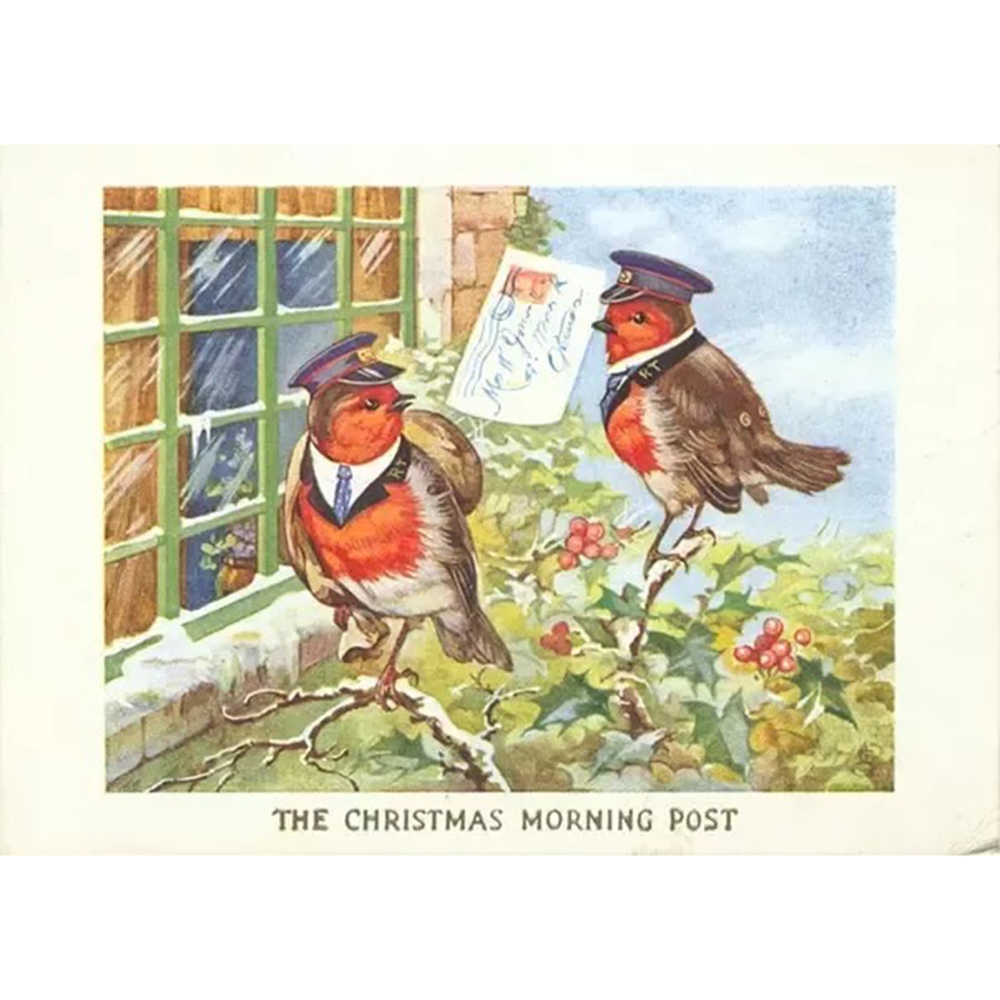
Christmas Morning Post Card
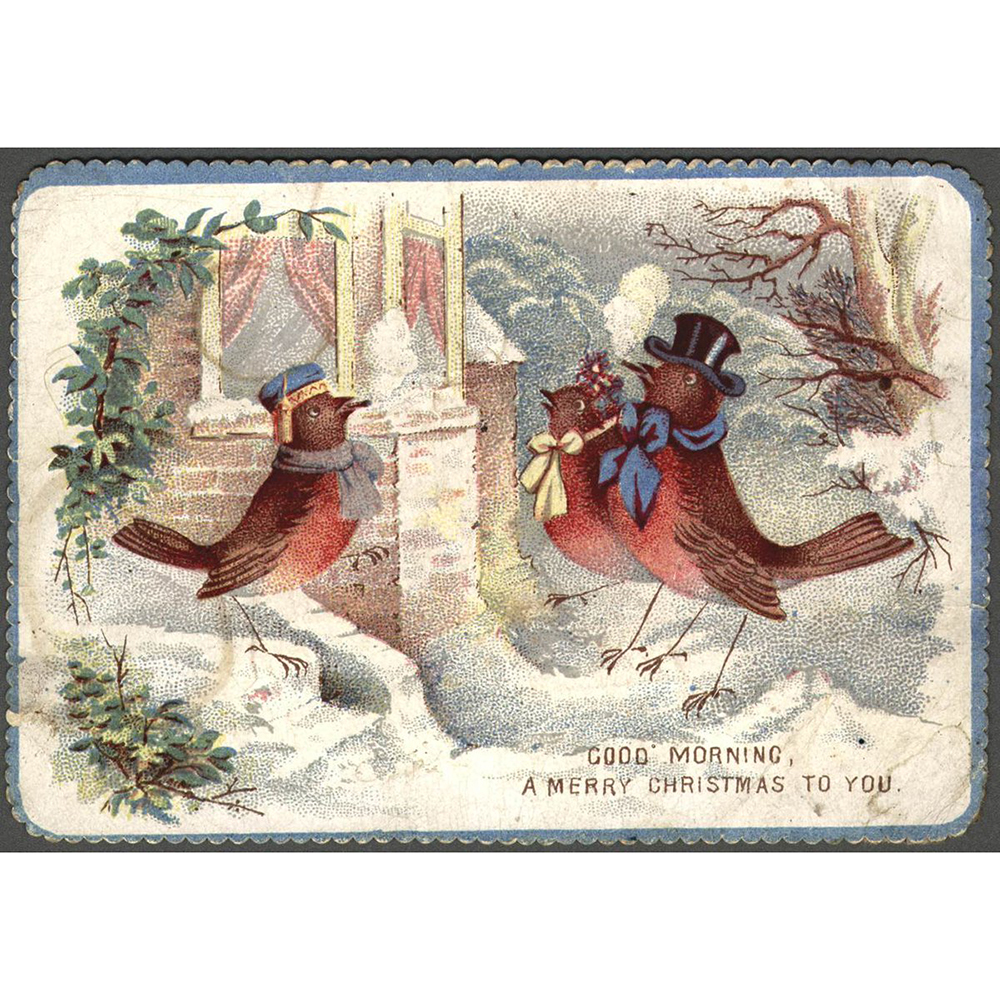
Robin's Good Morning Card
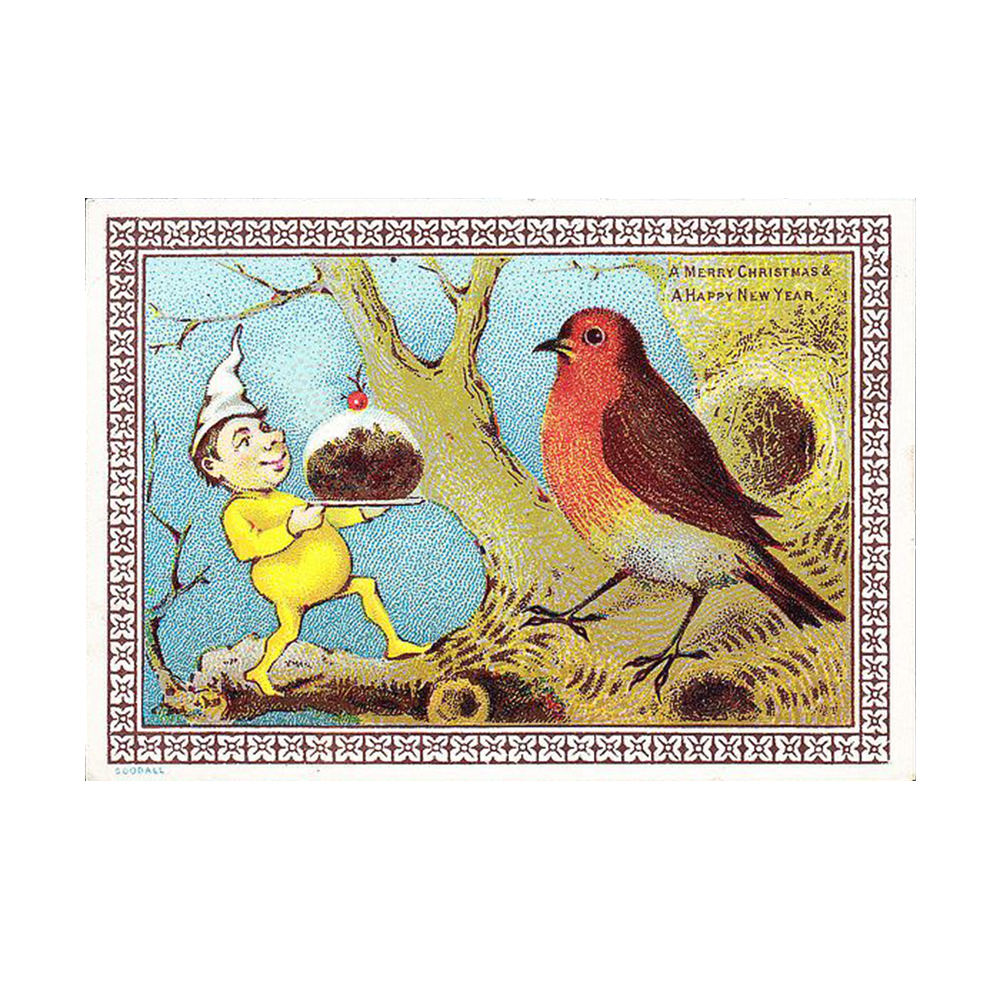
Robin Goblin Pudding Card
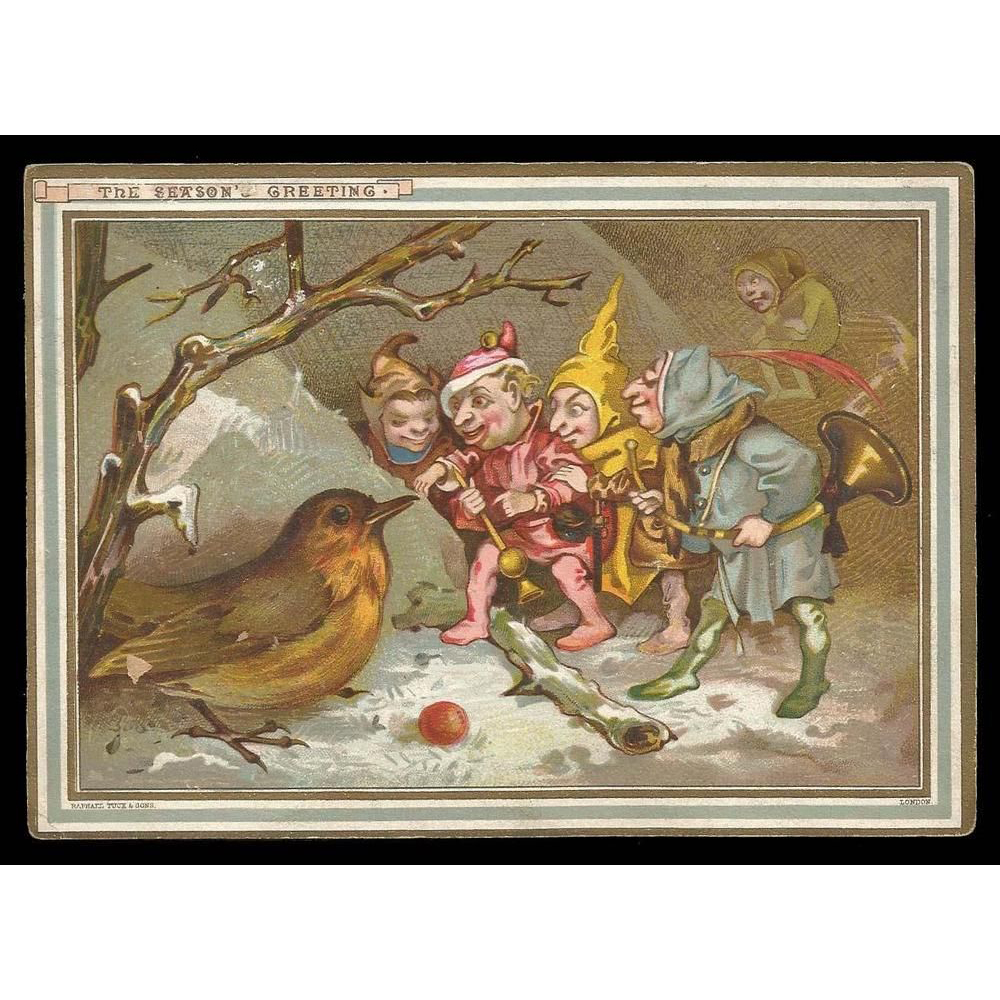
Robin & Elves Card
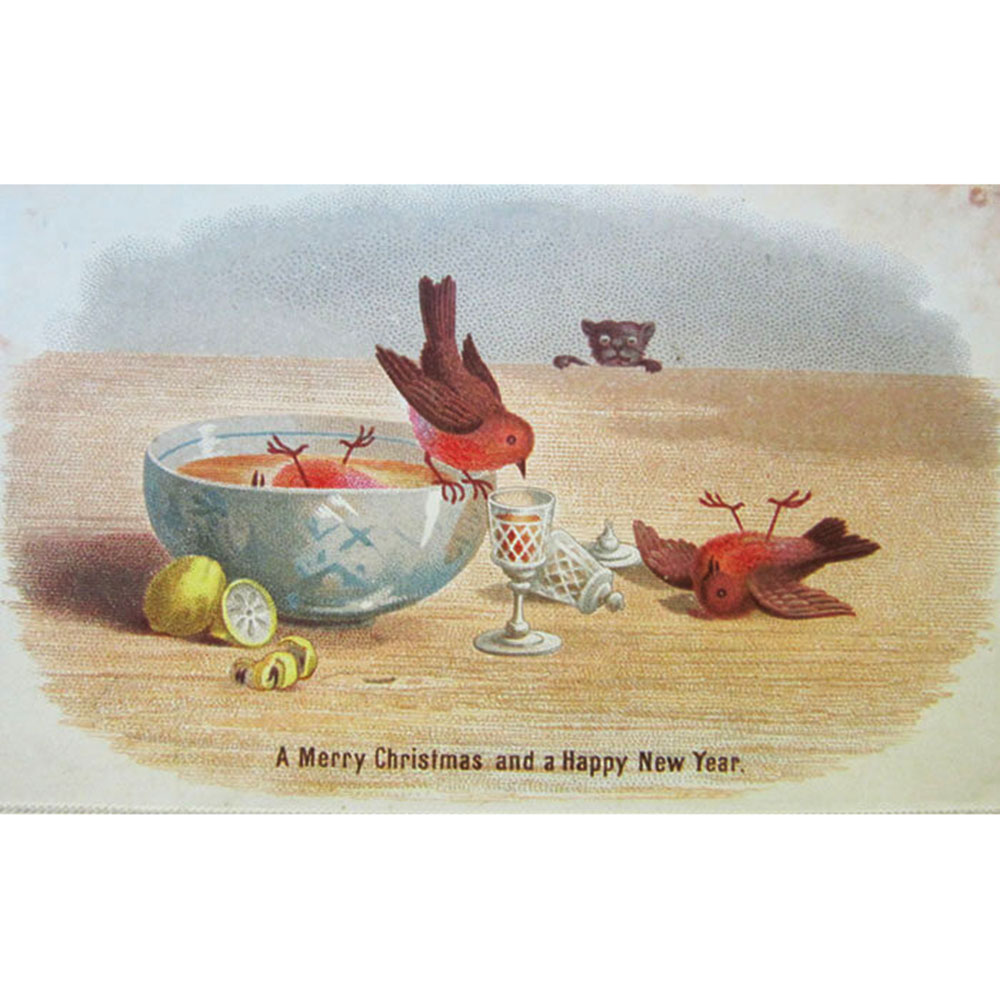
Drunk Robin Card
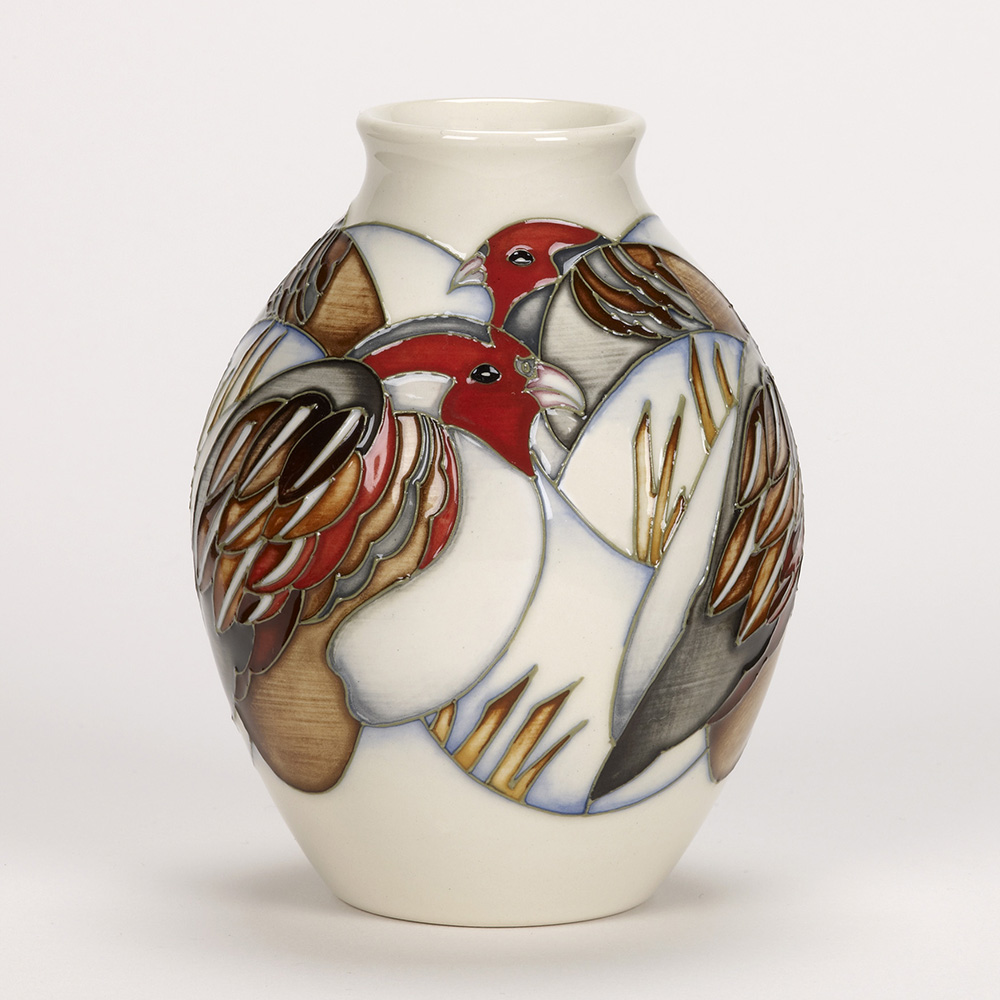
Moorcroft Winter Partridges
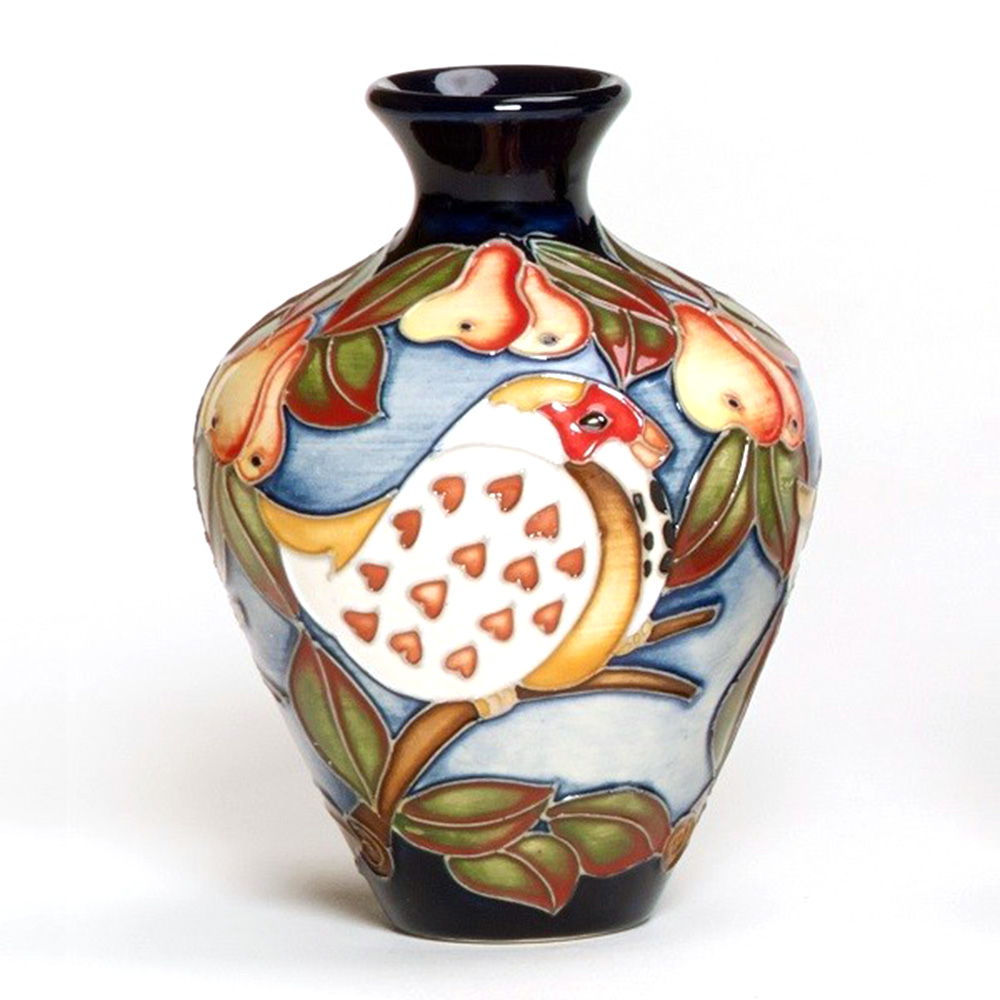
Moorcroft Partridge
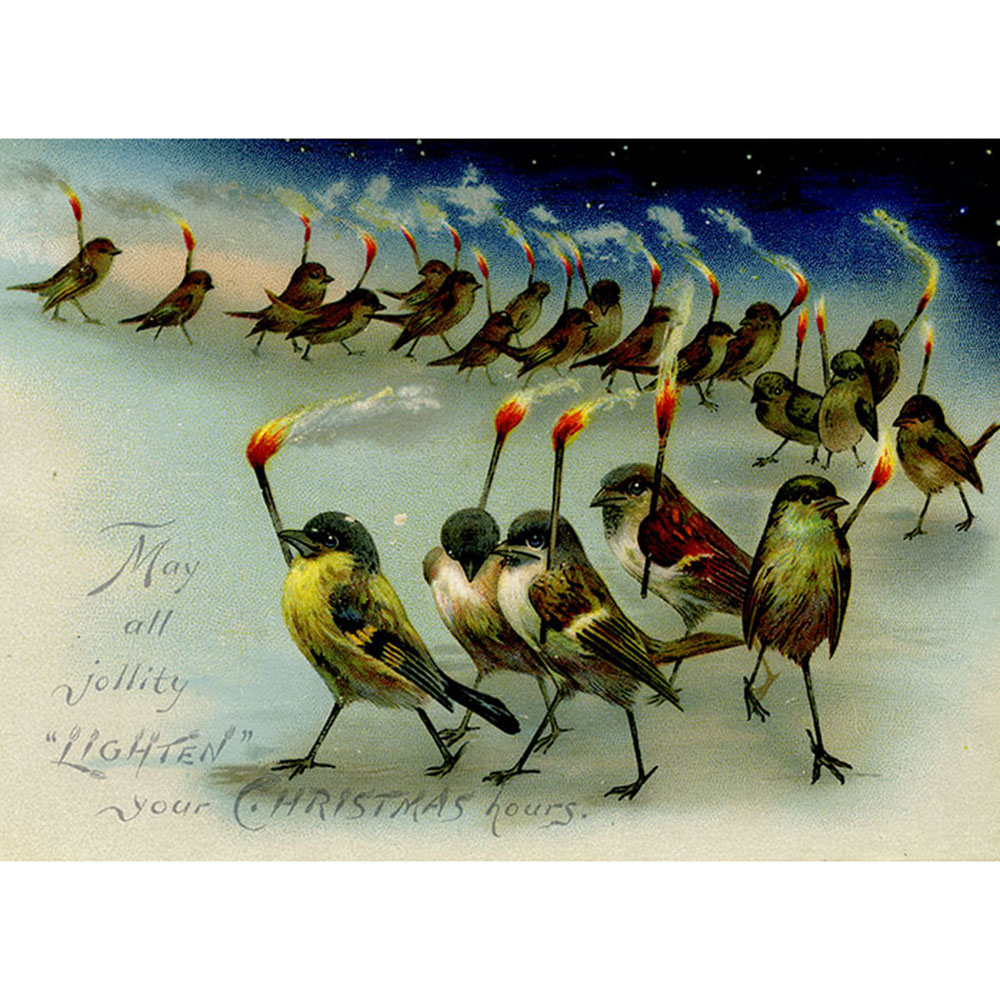
Bird Procession Christmas Card
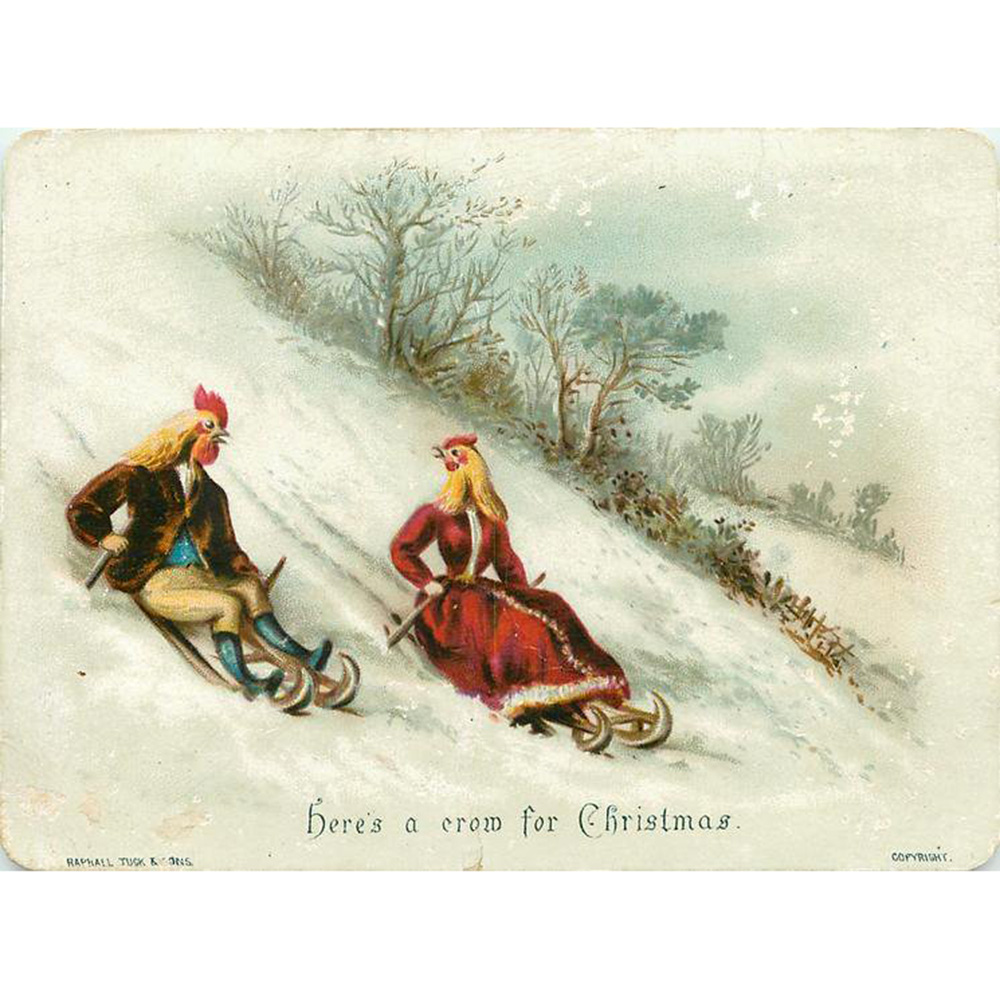
Hens Sledging Card by Raphael Tuck
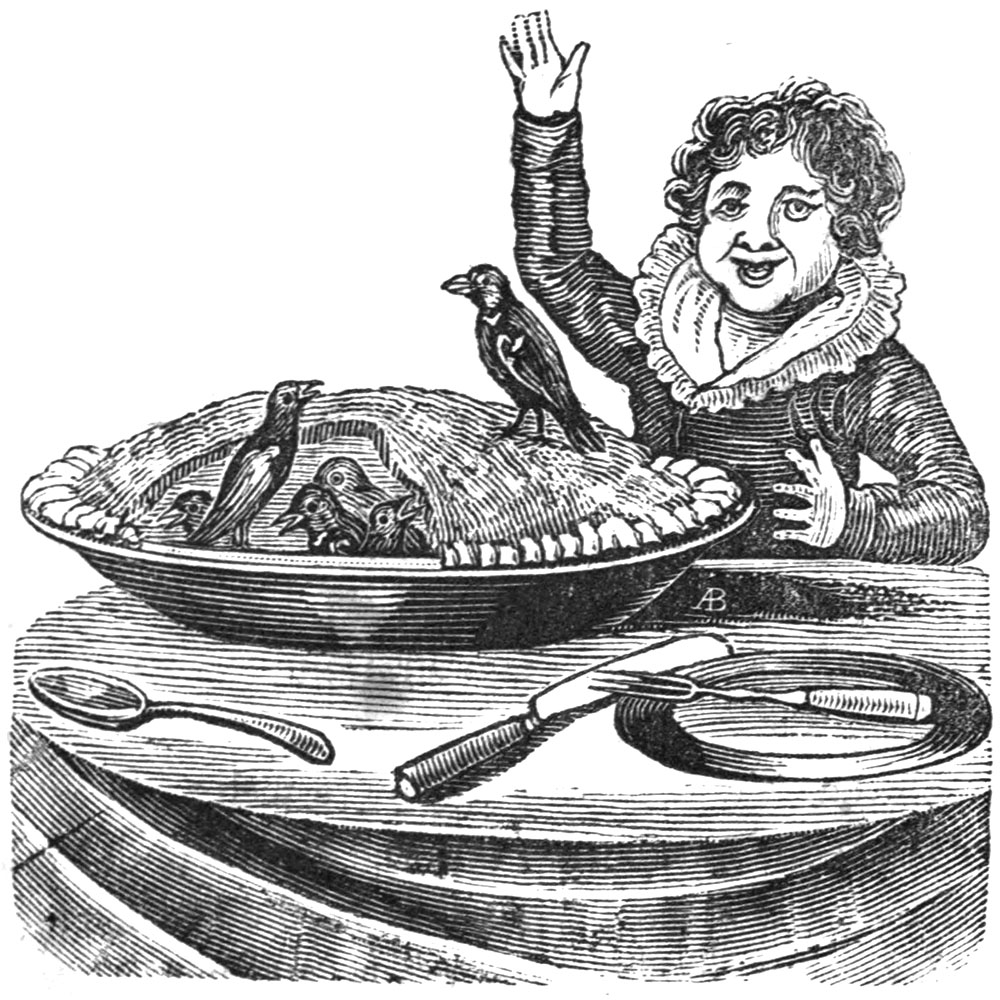
Blackbirds in a Pie
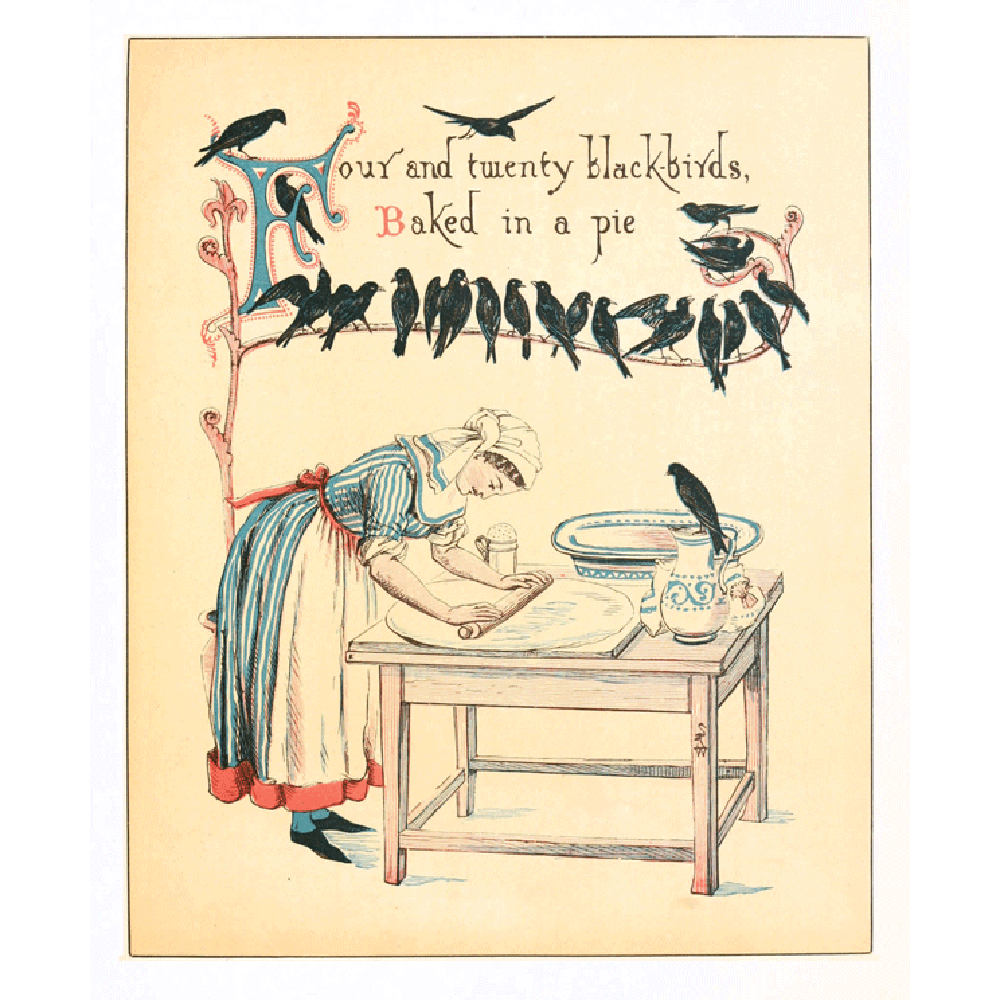
Blackbird Pie
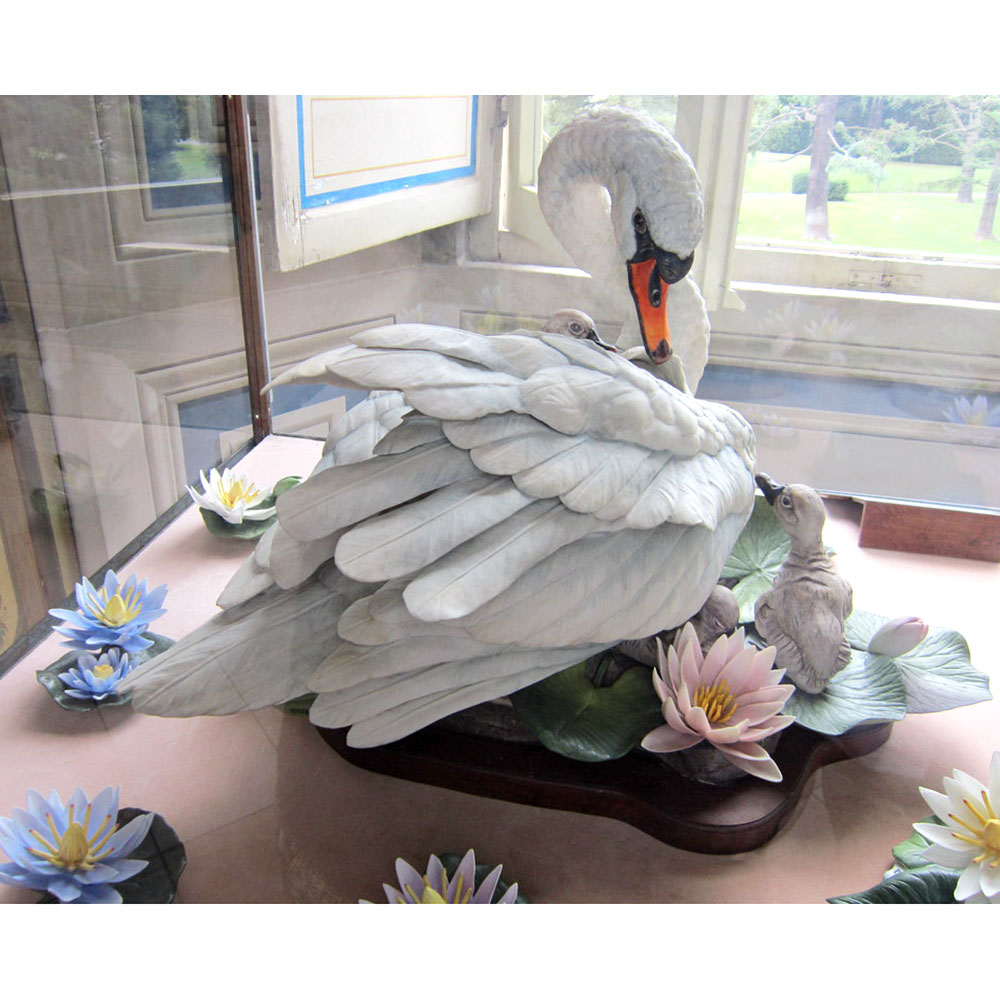
Boehm Swans in the Vatican
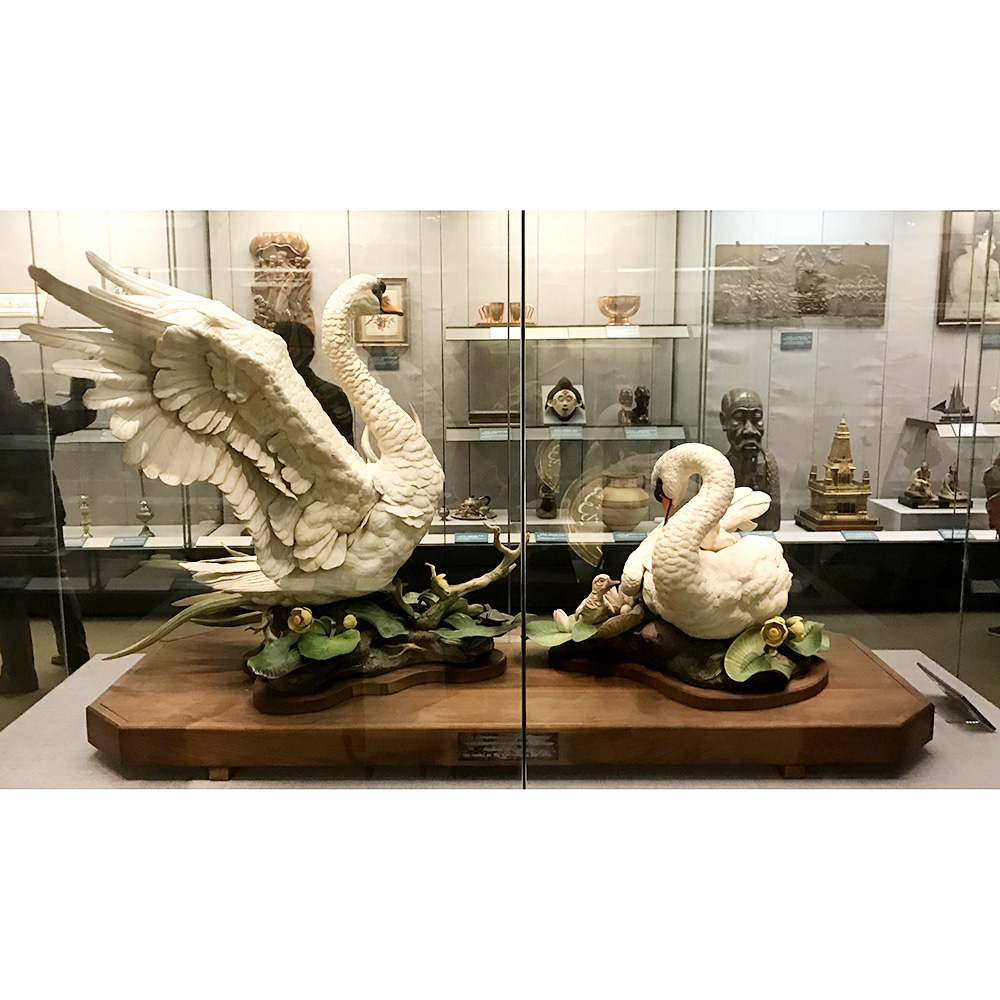
Boehm Swans in the National Museum of China
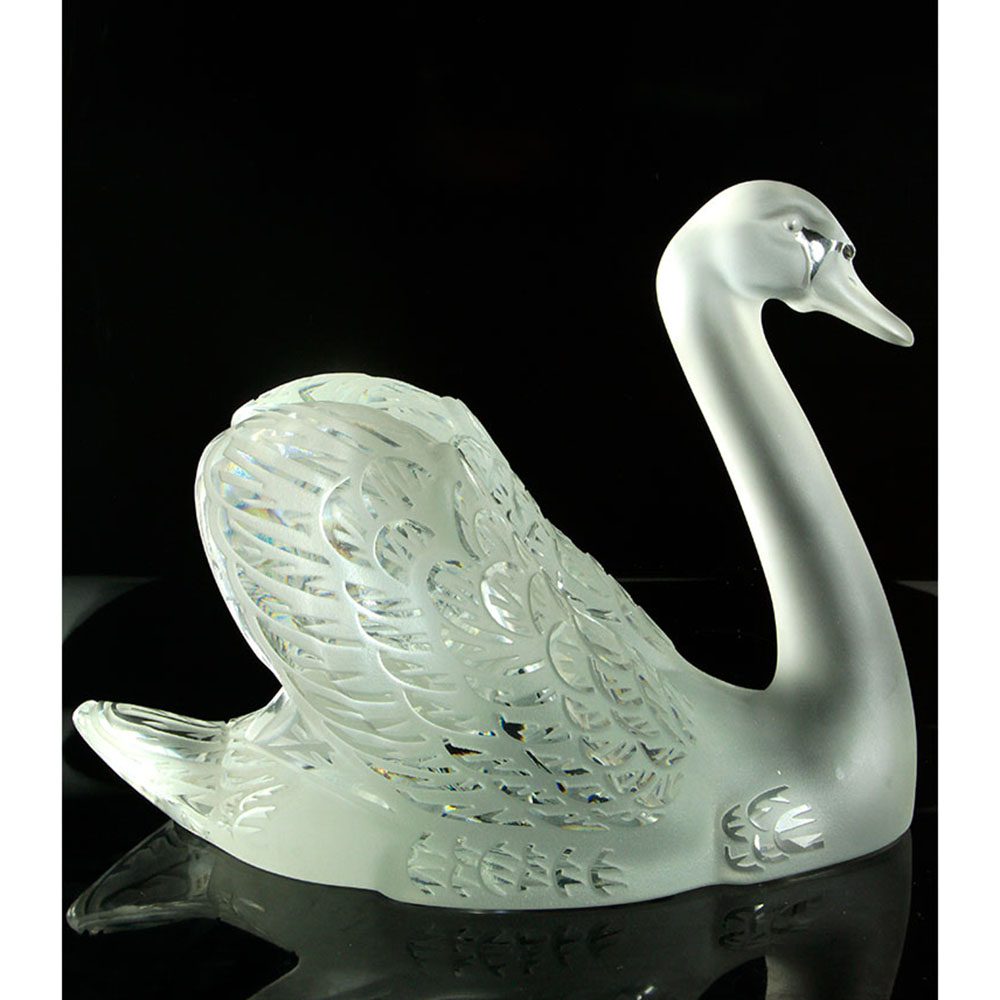
Lalique Swan
